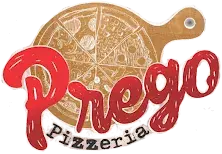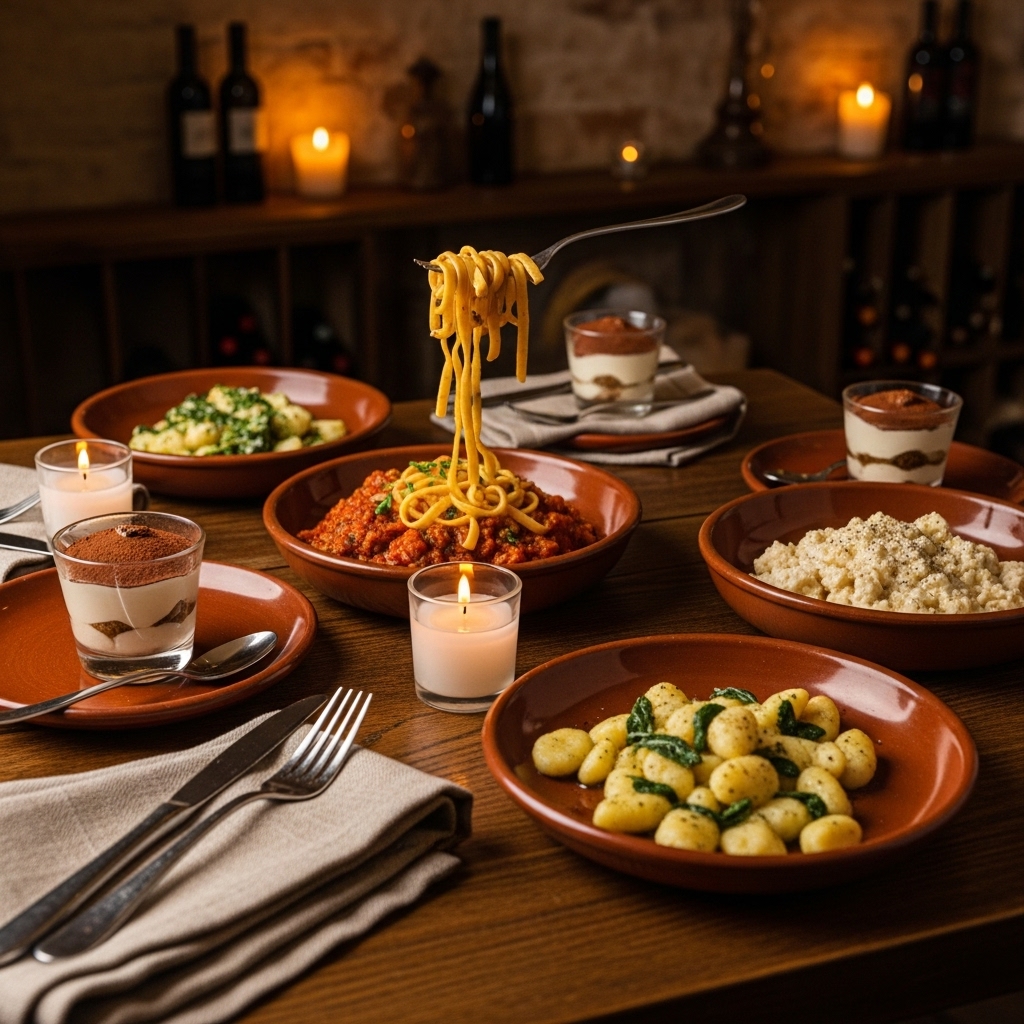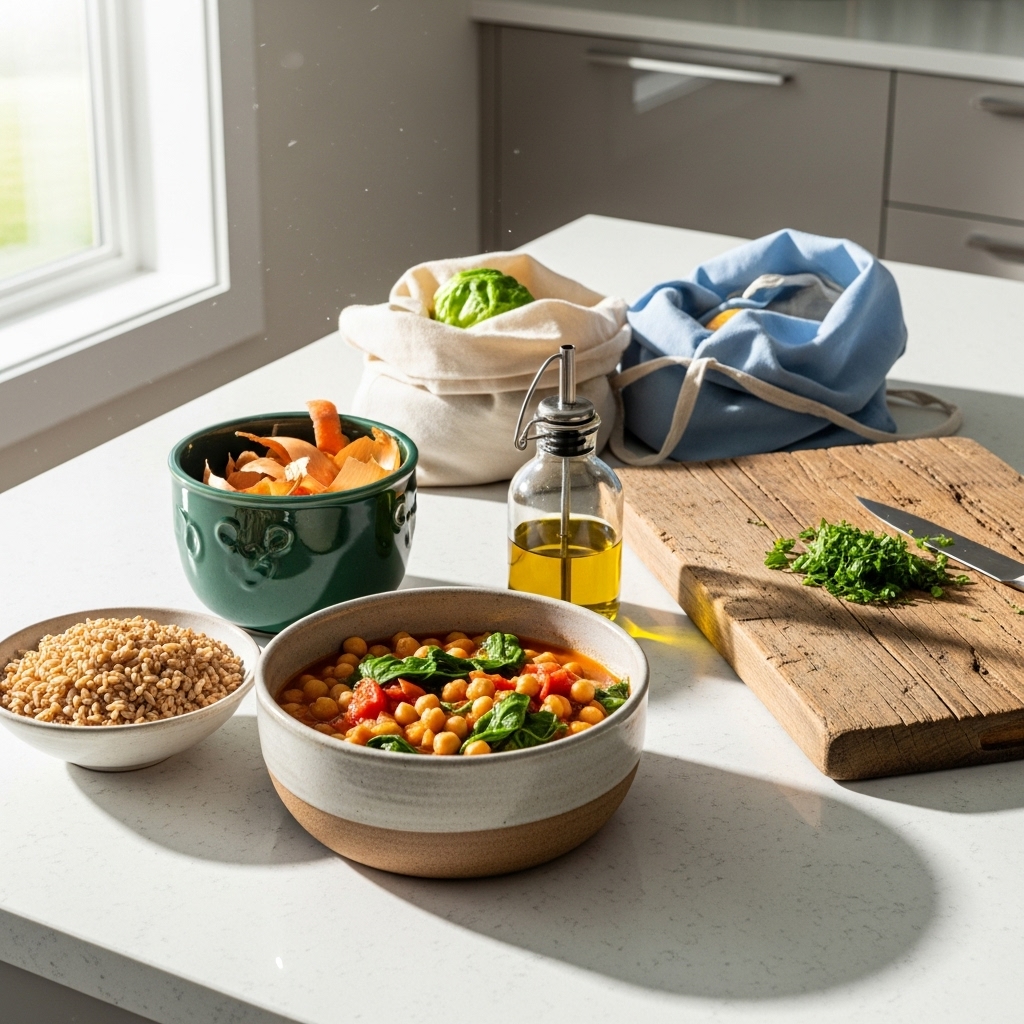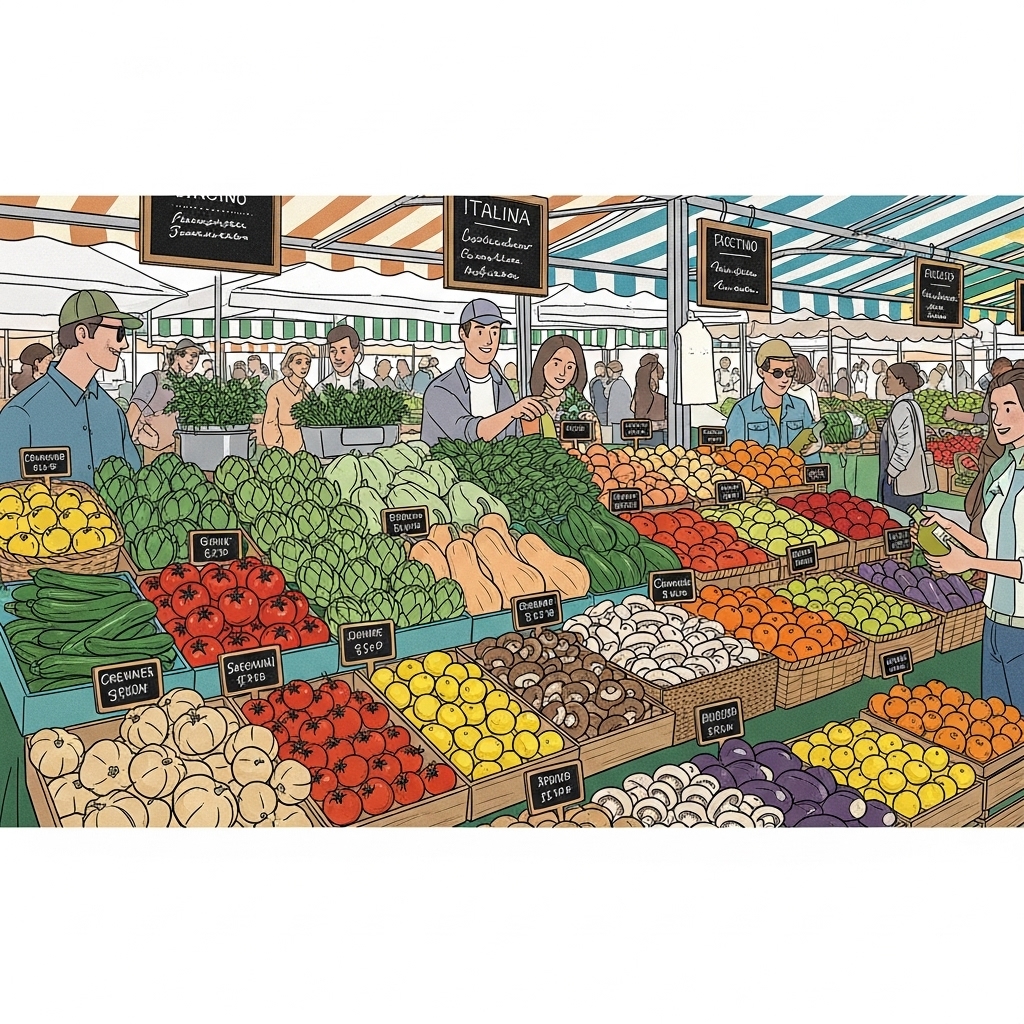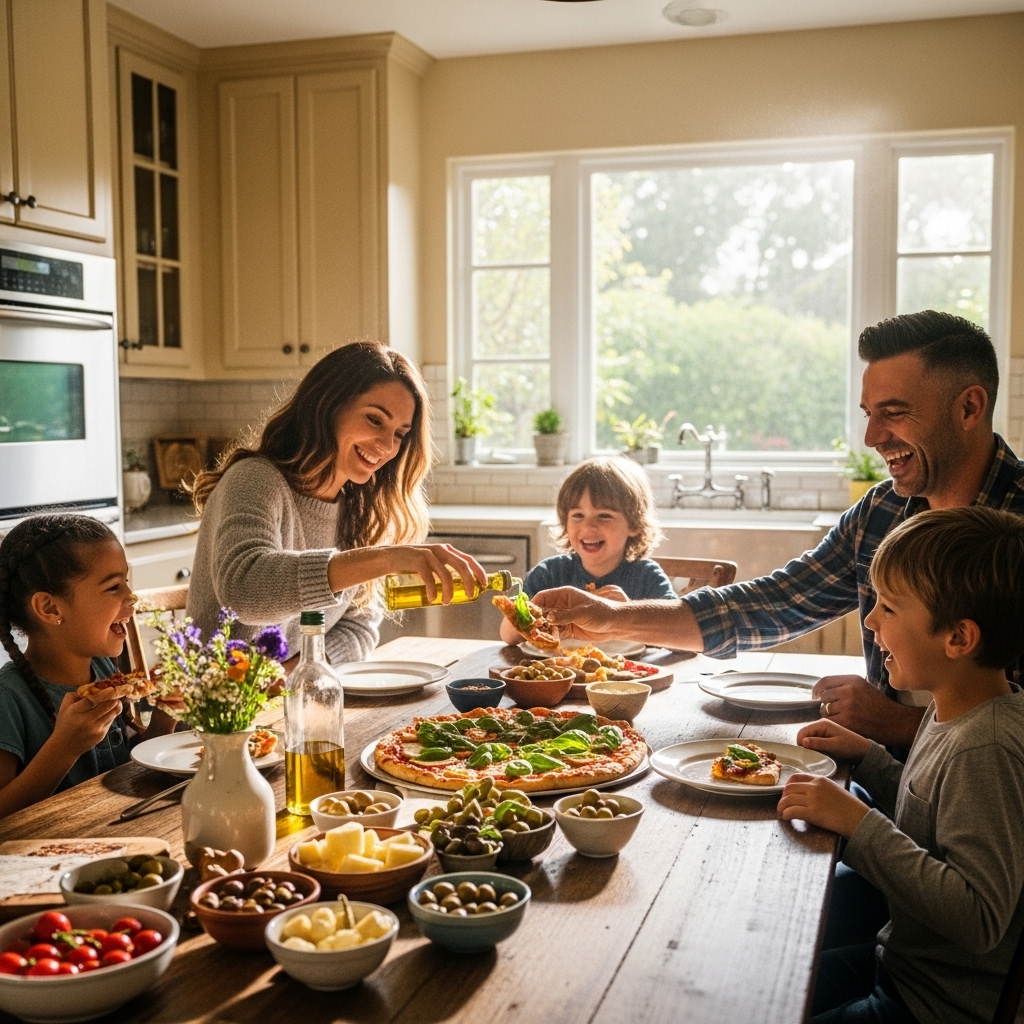Encino has a habit of turning dinner into a story. It starts with the neighborhoods that wind up into the hills and the walkable stretches of Ventura Boulevard where families gather after a day at Los Encinos State Historic Park. In homes and restaurants alike, the conversation often lands on recipes that have traveled across oceans and generations. Here, traditional Italian cooking is more than nostalgia. It is a living practice that connects people to method, memory, and the patient magic of time. If you are curious about the recipes that define this heritage, Encino is full of places and people who treat the canon with care, bringing the traditions of Italian food to the table with pride.
The Roots of Tradition
Every traditional Italian recipe is a kind of promise: respect the ingredients, honor the technique, and let time do its work. In Encino kitchens, this promise is the foundation of everyday cooking. Sauces begin with a slow-cooked soffritto—onion, carrot, celery—and build flavor patiently. Broths simmer down to essences. Meats are browned thoughtfully before braising, and pasta water is salted with intention. The methods don’t shout, yet they deliver resonance and depth.
Consider the Sunday sauce. It is not a single recipe but a tradition of gathering. Tomatoes stew lazily with meat, garlic, and herbs, filling the house with the kind of fragrance that sends people to the kitchen long before dinner is served. The first taste might be a spoonful of sauce on bread, the second over a simple pasta, and the third folded into tomorrow’s lunch. The ritual is as important as the dish itself.
Regional Voices on the Plate
Italy’s regions speak their own dialects in the kitchen, and Encino embraces them. From the north come risottos that reveal the cook’s patience, with rice coaxed into creaminess through steady stirring. From Rome, cacio e pepe and amatriciana prove how a few ingredients can sing when technique is precise. From the south, you get the sunlit brightness of eggplant, tomatoes, capers, and anchovies. Traditional recipes are road maps to place, and when prepared well, they function like postcards you can taste.
There is devotion in the details. Gnocchi should be delicate, the potato worked enough to come together but never overhandled. Polenta ought to be stirred until its raw edge disappears, ready to cradle braised meats. Even desserts carry regional telltales—tiramisu with its northern roots, cannoli reflecting Sicily’s sweet tooth, and holiday panettone signaling Milan’s winter feast.
The Pleasure of Handwork
Part of the appeal of traditional recipes is tactile. Rolling out sheets of pasta until they are as thin as memory, cutting tagliatelle by hand, or pinching tortellini closed all invite a cook into the moment. In Encino, you will find people who grew up kneading dough with parents and grandparents, learning to judge texture with their fingertips. That intimacy translates to the plate. A handmade noodle carries sauce differently than one from a box; a house-formed sausage balances aromatics in a way that speaks to a particular kitchen’s preferences.
Even when devices are involved, the soul stays analog. A stand mixer might knead dough more efficiently, but the baker still reads the dough’s elasticity and adjusts hydration based on the day’s humidity. Traditional recipes allow for this human calibration, which is one reason they endure.
Seasonality and the Encino Calendar
Tradition is never static; it moves with the seasons. In Encino, spring recipes take advantage of tender greens, asparagus, and the year’s first zucchini. Summer leans into tomatoes, basil, and stone fruit. Fall invites slow braises and mushrooms, while winter brings hardy greens and citrus. Classic dishes shape-shift accordingly. A caprese in August is unapologetically about tomatoes and mozzarella; a winter risotto may lean on squash, sage, and a whisper of nutmeg. The rhythm suits the neighborhood, where farmers markets and backyard citrus trees keep the pantry lively.
Holiday tables showcase tradition at its most communal. Lasagna might appear at Christmas, its layers assembled with patience and love. Easter could bring roasted lamb scented with rosemary and garlic. Throughout, desserts mark the season—struffoli’s honeyed crunch, panettone’s soft crumb, biscotti studded with nuts. These recipes are less about strict rules and more about the feeling they evoke: warmth, continuity, and the generous act of feeding others.
Respecting Simplicity
Traditional Italian recipes are masters of restraint. They ask you to do less, better. Use good oil, salt wisely, and lean into acidity where it helps. A plate of spaghetti aglio e olio has no place to hide, which is precisely why it can be transcendent in the right hands. In Encino, the emphasis on quality ingredients means that even the simplest preparations reward attention. That bowl of pasta tastes like your best self as a cook because you did the simple things right: timing, seasoning, and heat.
There is equal attention to texture. A crisp-edged chicken cutlet, a crusty loaf that crackles under the knife, a custard that trembles but holds—these are the hallmarks of care. When done well, they whisper of the cook’s patience, not their ego.
Tradition at the Table
Traditional recipes also shape how Encino eats. Meals are courses, not piles. A salad might precede a modest bowl of pasta, followed by a main that doesn’t shout. Conversation breathes between bites. Plates are cleared with a rhythm that makes room for the next taste. It is a choreography that turns eating into an event, however casual, and it reinforces the notion that food is a way of being together.
Mid-meal, you sense how tradition and place overlap. The ingredients are California-fresh, but the techniques and gestures are old-world steady. The kitchen sends out a dish that could have come from a grandmother’s recipe book yet feels perfectly at home on Ventura Boulevard. That is the beauty of Encino’s approach to beloved Italian food: it creates continuity without feeling stuck in time.
Learning and Passing It On
One reason traditional recipes thrive here is that people share them. Cooks teach friends how to form gnocchi or finish a risotto to perfect wave-like consistency. Families write down the measurements for Nonna’s meatballs so the next generation can taste them again. Restaurants host occasional classes or give guests a peek into the process, letting them see how a dish comes together from base to finish. The act of passing on the recipe becomes part of the recipe itself.
Because tradition is so durable, it is also welcoming. Newcomers to Encino’s Italian scene quickly find themselves folded into the rhythm, adopting favorite dishes as if they were always part of the family. It is a generous culture built around the table, and it is one of the reasons the neighborhood feels so connected.
Frequently Asked Questions
What defines a traditional Italian recipe?
Time-tested techniques, quality ingredients, and restraint. Traditional recipes are built on simple methods—like slow-simmering sauces and careful pasta-cooking—that allow flavors to shine without clutter.
How do Encino kitchens keep traditions alive?
By practicing core techniques daily, sourcing excellent ingredients, and teaching the next generation. Menus feature classics alongside seasonal specials that respect the spirit of the originals.
Which dishes best represent tradition?
Cacio e pepe, amatriciana, Margherita pizza, osso buco, risotto, and handmade gnocchi are standards that reveal a cook’s skill and a kitchen’s respect for heritage.
Are traditional recipes adaptable?
Yes. The fundamentals are steady, but ingredients shift with the seasons. Encino kitchens adapt classics to local produce while preserving structure and spirit.
Why do simple dishes often taste the most satisfying?
With fewer ingredients, technique and quality take center stage. When those are excellent, the result is clear, clean flavor that resonates long after the plate is cleared.
If the pull of memory and the pleasure of good cooking have you craving a dinner rooted in heritage, make tonight the night you sit down to truly traditional Italian food and the Encino hospitality that keeps these recipes alive.
